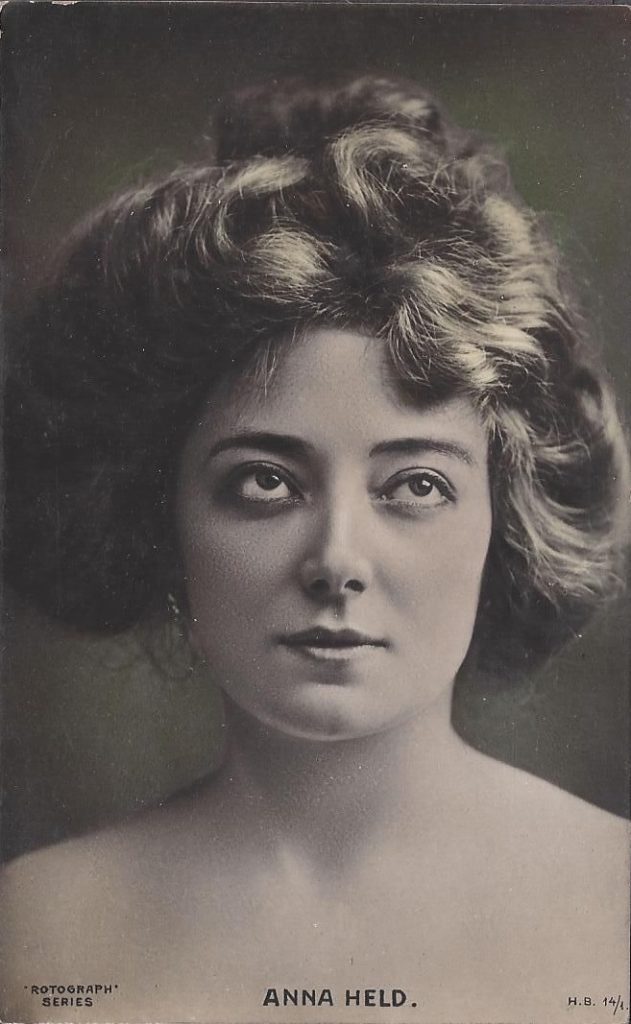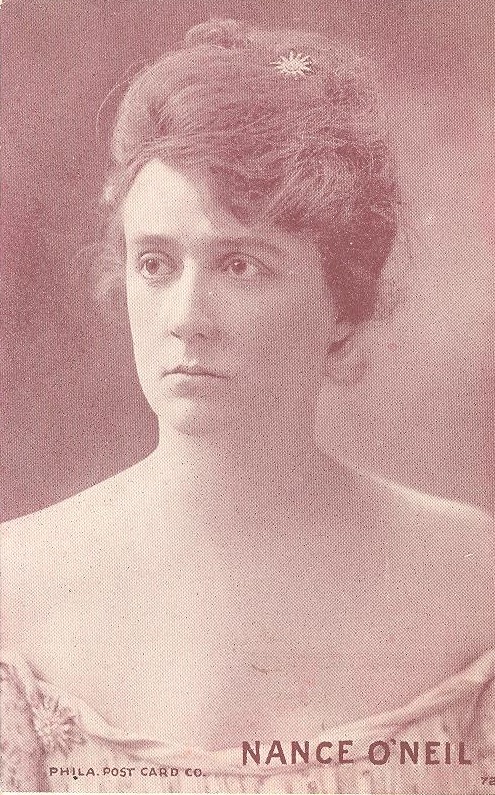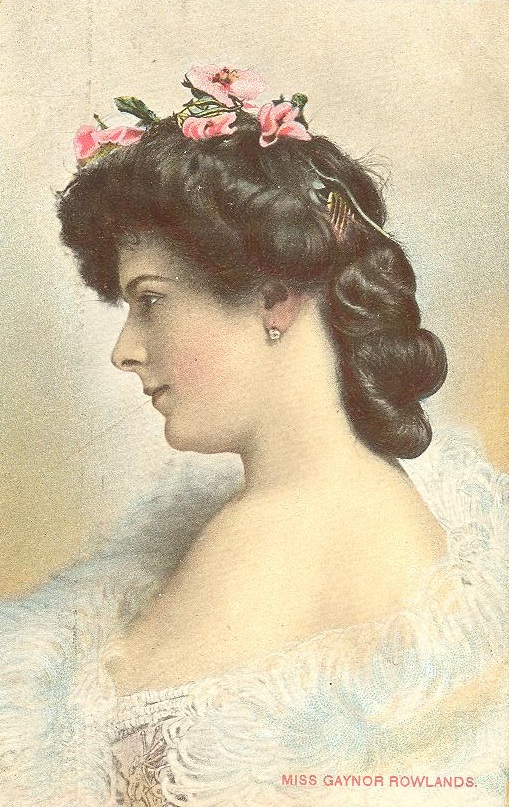Kaya Fellcheck
Three Tragic Lives

Helene Held was born in Poland in 1872. Her Jewish parents were working class people. Maurice Held, Helene’s father was a glove maker; his wife Yvonne was French by birth but was educated and a very accomplished cuisinére. The family moved to Paris in 1881, where Helene began work in the garment industry. In her late teens, realizing young Jewish women could not enjoy the social life of Parisian society in the same way Catholic girls did, she decided to use her middle name Anna and became a Roman Catholic. She remained so the rest of her life and frequently declined to acknowledge her Jewish heritage.
Anna’s career gained notoriety for her flirtatious stage performances and was soon being noticed by the cads and rogues who preyed on young showgirls. Not the least of whom was the Uruguayan playboy Maximo Carrera, who became her first husband in 1894.
While on tour in Europe in 1896, Held met Florenz Ziegfeld. Ziegfeld asked her to accompany him to New York City and within a short time she became a frequent topic on the social pages. Starting in 1905 Held enjoyed several successes on Broadway which, apart from bolstering Ziegfeld’s fortune, made her a millionaire in her own right. In 1907, it was Held who suggested the format for what would eventually become the famous Ziegfeld Follies, but even then, Florenz was off with other women, leaving Held to tour on her own, especially during the years of the Great War.
The year 1917 was one of constant touring for Held, and as the year passed her health deteriorated. She collapsed on stage in 1918 and died a few months later from multiple myeloma at age 46. She is interred at the Cemetery of the Gate of Heaven in Hawthorne, New York. Ziegfeld was castigated by the media—the same media he had so seriously courted—for his mistreatment of Held and apparent indifference to her illness, and his notable absence from her funeral.


Gertrude Lamson was the daughter of George and Arre Lamson. She was born in Oakland, California in October 1874. When she decided to become an actress, her religious father, an auctioneer, denounced his daughter in church for going on the stage and asked the congregation to pray for her. Without notice, the former Gertrude had become the new Nance O’Neil who was already receiving rave reviews from the New York Times, as such, “There is no actress on the stage at present who has a more remarkable gift for emotional expression, nor is there a single one who has been more lavishly endowed by nature with the physical gifts which are the equipment of great actresses.”
Early in her career, she was managed by McKee Rankin, an actor, manager, and producer who made her a star in Australia and oversaw her London debut in 1902 in the play Magda. In the decades following, O’Neil appeared in over a dozen stage productions on both sides of the Atlantic.
Nance was statuesque (nearly six-foot) and together with Lionel Barrymore and other actors of the age, cut a romantic picture for the audiences who saw them, but O’Neil never gave credence to the rumors of romance until 1916 when she married Alfred Hickman, an English film actor who appeared in more than 35 films between 1914 and 1931.
In 1904, O’Neil, then thirty years of age, met Lizzie Borden in Boston. The two had a close friendship, which incited considerable gossip-mongering. The Borden axe-murder case of 1892 was a cause célèbre throughout the United States, yet following Borden’s release from prison, she chose to remain a resident of Fall River, Massachusetts. For the rest of her life, despite facing significant ostracism, Nance O’Neil may have been Borden’s only friend.
In her old age, O’Neil resided at Actors’ Fund home in Englewood, New Jersey, and died there on February 7, 1965, aged 90. She was buried in Forest Lawn Memorial Park, Glendale, California.


Gaynor Rowlands came to the world’s stages from a Welsh family residing in London. She was born in 1883 and made her debut, at age 17, in the West End theatre district as a member of the corps de ballet at the Empire Theatre.
Later that same year, Rowlands joined the chorus line at the Gaiety Theatre, and for the next two years (1901 and 1902) toured India, and quickly became a star. In her time, she became the most photographed of the “Gaiety Girls.” Her roles were portrayed on numerous picture postcards such as the feature image with this article as the title character in Oscar Wilde’s Salome. She was often featured in periodicals such as The Era, The Stage, and The Play Pictorial.
Rowlands last performance came in 1906, in a play entitled The Spring Chicken.
In July 1906 Rowlands died of heart failure following surgery for appendicitis at the age of 23. She is buried at Finchley Cemetery, North London.
Gilbert Frankau, poet and novelist struck up a platonic friendship with Rowlands, and described this friendship in his book Self Portrait, in which he reminds his readers that Rowlands was affectionately known as the Welsh Nightingale.
Wonderful article Kaya. I liked the entry on Helene Held. Much to explore on that topic and Flo Ziegfield.
Interesting reading.